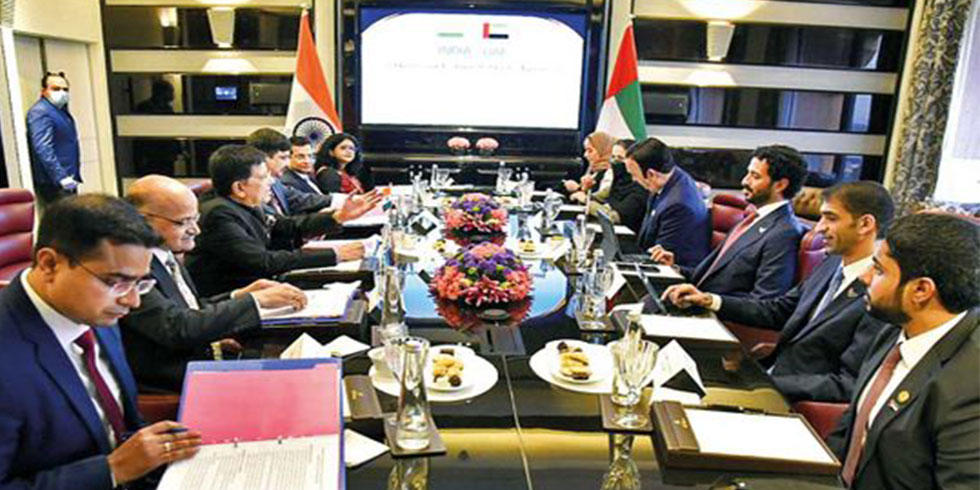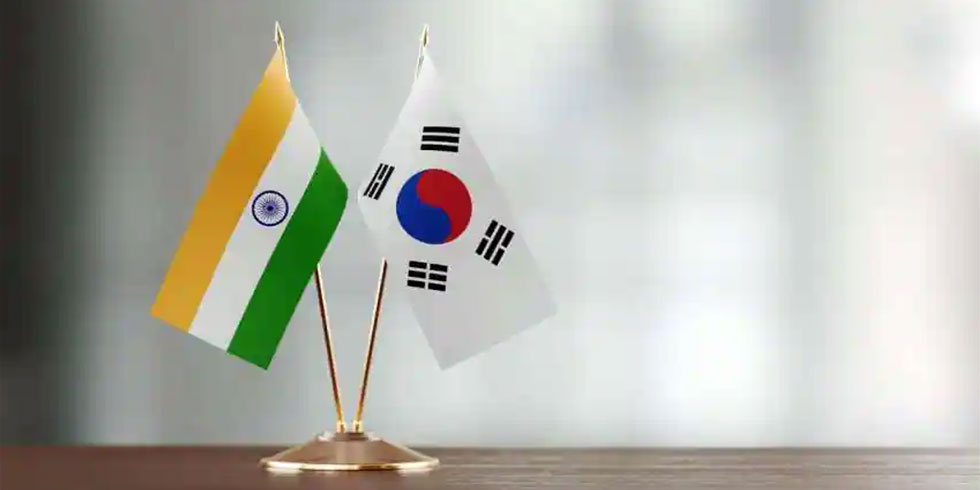Bilateral trade between India and Bangladesh could almost double to USD 10 billion by 2018, provided trading irritants like non-tariff barriers and infrastructure related-issues are resolved, industry body CII today said.
Stating that the visit will "turn a new leaf in bilateral relations" between the two neighbours, CII Director General Chandrajit Banerjee said it will boost economic cooperation and further intensify trade and investment between India and Bangladesh.
The CII statement comes in the backdrop of External Affairs Minister Sushma Swaraj's visit to Bangladesh between June 25-27.
The visit assumes significance as it is Swaraj's first stand-alone visit abroad as the External Affairs Minister. Swaraj will hold discussions on bilateral issues with her Bangladeshi counterpart A H Mahmood Ali.
Bilateral trade between India and Bangladesh stood at USD 6.6 billion in 2013-14 with India's exports at USD 6.1 billion and imports from Bangladesh at USD 462 million, representing more than double the value of USD 2.7 billion five years ago.
However, CII said, the trade imbalance in favour of India and decline in Bangladesh exports to India are a cause of concern, adding that skewed trade could be redressed with greater investment participation of Indian companies in Bangladesh.
Indian investments in the eastern neighbor stood at a cumulative USD 2.5 billion in 2013 and have been surging in the last three years.
"Bangladesh and India offer natural markets for each other's exports and have advantages of reduced transaction costs and quicker delivery due to geographical proximity and common language," Banerjee said.
CII has suggested addressing non-tariff barriers (NTBs) such as harmonisation and classification issues and non-recognition of Technical Standards to enhance trade, beside alleviation of infrastructure bottlenecks related to power, ports, energy, and telecommunication.
Improving the investment climate by developing single window clearance for new business proposals; repatriation of profits; setting up an Industrial Park for India in Bangladesh outside Export Processing Zone (EPZ) with all the needed infrastructure facilities; among other things will further strengthen the India-Bangladesh economic partnership, it said.
Some potential sectors for investment in Bangladesh are electrical machinery and equipment, vegetable/roots and tubers, agro processing, automobiles, textiles, organic chemicals, and light engineering. In the services sector, ICT, pharmaceuticals, hospital & medical equipment, tourism and professional services offer good opportunities, CII said.
Major Indian exports to Bangladesh include cotton, sugar, cereals, vehicles and accessories while primary Indian imports from Bangladesh include textile fibres, paper yarn, fish, apparel, mineral fuels, salt and cement.














Add Comment